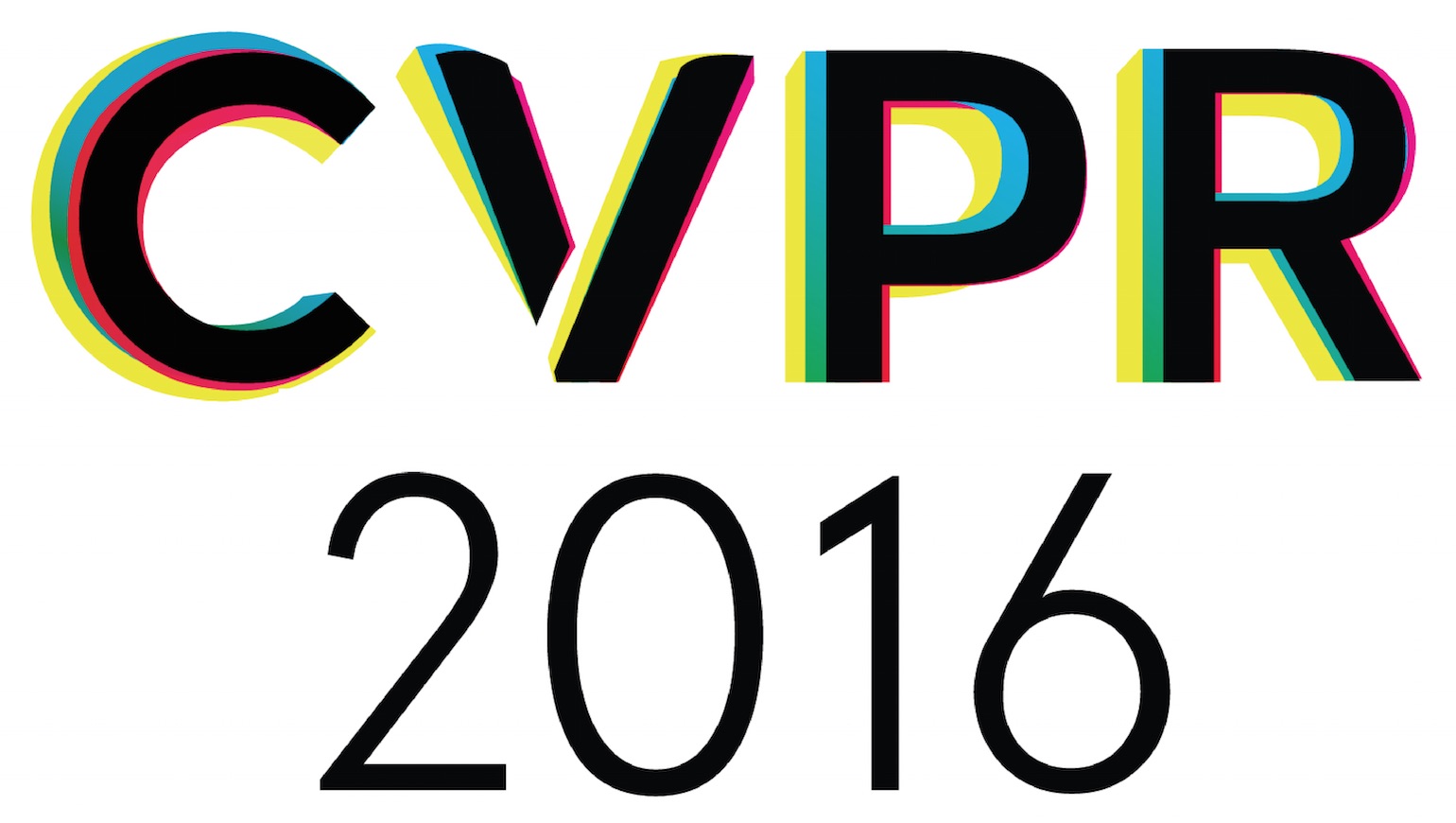-
Rolling Shutter Camera Relative Pose: Generalized Epipolar Geometry
AbstractThe vast majority of modern consumer-grade cameras employ a rolling shutter mechanism. In dynamic geometric computer vision applications such as visual SLAM, the so-called rolling shutter effect therefore needs to be properly taken into account. A dedicated relative pose solver appears to be the first problem to solve, as it is of eminent importance to bootstrap any derivation of multi-view geometry. However, despite its significance, it has received inadequate attention to date. This paper presents a detailed investigation of the geometry of the rolling shutter relative pose problem. We introduce the rolling shutter essential matrix, and establish its link to existing models such as the push-broom cameras, summarized in a clean hierarchy of multi-perspective cameras. The generalization of well-established concepts from epipolar geometry is completed by a definition of the Sampson distance in the rolling shutter case. The work is concluded with a careful investigation of the introduced epipolar geometry for rolling shutter cameras on several dedicated benchmarks.
Related Material
[pdf] [supp][bibtex]@InProceedings{Dai_2016_CVPR,
author = {Dai, Yuchao and Li, Hongdong and Kneip, Laurent},
title = {Rolling Shutter Camera Relative Pose: Generalized Epipolar Geometry},
booktitle = {Proceedings of the IEEE Conference on Computer Vision and Pattern Recognition (CVPR)},
month = {June},
year = {2016}
}
These CVPR 2016 papers are the Open Access versions, provided by the Computer Vision Foundation.
Except for the watermark, they are identical to the accepted versions; the final published version of the proceedings is available on IEEE Xplore.
Except for the watermark, they are identical to the accepted versions; the final published version of the proceedings is available on IEEE Xplore.
This material is presented to ensure timely dissemination of scholarly and technical work.
Copyright and all rights therein are retained by authors or by other copyright holders.
All persons copying this information are expected to adhere to the terms and constraints invoked by each author's copyright.

